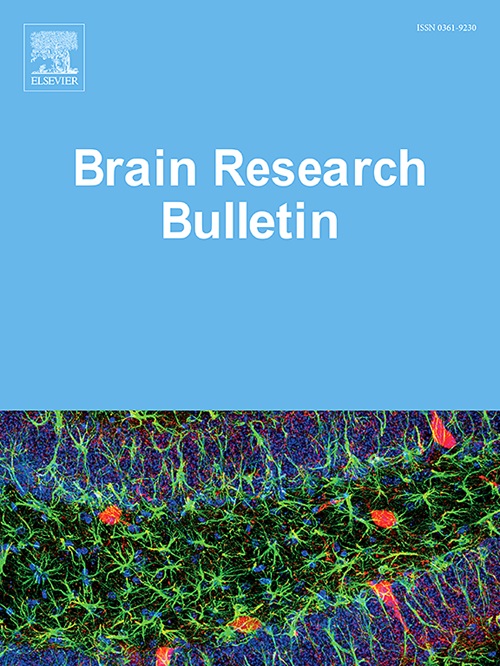翻译时间:挑战、进步与未来方向。
IF 3.5
3区 医学
Q2 NEUROSCIENCES
引用次数: 0
摘要
小鼠是研究人类健康和疾病的主要模型系统。然而,迫切需要使用不同的模型系统来解决生物医学科学中的长期问题。老鼠不会自发地重现我们试图研究的许多疾病。因此,通过研究小鼠来了解人类疾病的相关性是有限的。我们讨论了与小鼠模型局限性相关的例子,以及如何包含更丰富的模型系统阵列可以帮助解决生物医学科学中长期存在的问题。我们还讨论了一个称为翻译时间的工具,这是一个在线资源(www.translatingtime.org),它将模型系统和人类的相应年龄等同起来。翻译时间资源可以用来弥合物种之间的差距,并在数据稀少或不可用时做出预测,就像人类胎儿发育的情况一样。此外,翻译时间工具可以绘制跨物种的发现,推断共同神经病理的进化,并为研究健康和疾病的人类生物学提供最佳模型系统。诸如此类的资源可用于整合不同模型系统之间的信息,以改进健康和疾病方面的人类生物学研究。本文章由计算机程序翻译,如有差异,请以英文原文为准。
Translating time: Challenges, progress, and future directions
Mice are the dominant model system to study human health and disease. Yet, there is a pressing need to use diverse model systems to address long-standing issues in biomedical sciences. Mice do not spontaneously recapitulate many of the diseases we seek to study. Accordingly, the relevance of studying mice to understand human disease is limited. We discuss examples associated with limitations of the mouse model, and how the inclusion of a richer array of model systems can help address long standing issues in biomedical sciences. We also discuss a tool called Translating Time, an online resource (www.translatingtime.org) that equates corresponding ages across model systems and humans. The translating time resource can be used to bridge the gap across species and make predictions when data are sparse or unavailable as is the case for human fetal development. Moreover, the Translating Time tool can map findings across species, make inferences about the evolution of shared neuropathologies, and inform the optimal model system for studying human biology in health and in disease. Resources such as these can be utilized to integrate information across diverse model systems to improve the study of human biology in health and disease.
求助全文
通过发布文献求助,成功后即可免费获取论文全文。
去求助
来源期刊

Brain Research Bulletin
医学-神经科学
CiteScore
6.90
自引率
2.60%
发文量
253
审稿时长
67 days
期刊介绍:
The Brain Research Bulletin (BRB) aims to publish novel work that advances our knowledge of molecular and cellular mechanisms that underlie neural network properties associated with behavior, cognition and other brain functions during neurodevelopment and in the adult. Although clinical research is out of the Journal''s scope, the BRB also aims to publish translation research that provides insight into biological mechanisms and processes associated with neurodegeneration mechanisms, neurological diseases and neuropsychiatric disorders. The Journal is especially interested in research using novel methodologies, such as optogenetics, multielectrode array recordings and life imaging in wild-type and genetically-modified animal models, with the goal to advance our understanding of how neurons, glia and networks function in vivo.
 求助内容:
求助内容: 应助结果提醒方式:
应助结果提醒方式:


